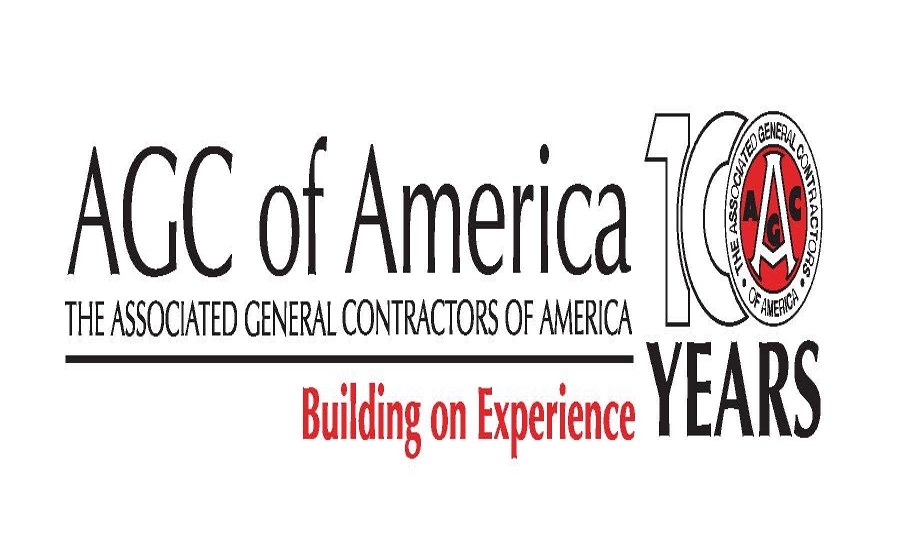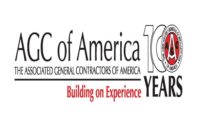Construction spending increased 0.1 percent from June to July and 5.2 percent for seven months of 2018 combined, with year-to-date growth for most major public and private categories, according to an analysis of new government data by the Associated General Contractors of America. Association officials said sustained growth will depend in part on contractors' ability to find increasingly scarce craft workers and urged public officials to step up support for career and technical education to prepare more students for construction careers.
"It is striking how balanced the growth in construction spending has been so far this year," said Ken Simonson, the association's chief economist. "Spending totals for the first seven months of 2018 combined nearly match those for the same period of 2017. Contractors are optimistic that demand for projects will continue but many report that workforce shortages are leading to longer construction schedules and higher costs."
Spending year-to-date through the first seven months of 2018 was 5.4 percent higher than in January through July 2017 for public construction and 5.2 percent for private construction, the economist pointed out. Within private construction, there were increases of 7.7 percent for residential projects and 2.2 percent for nonresidential.
Most major segments had gains, Simonson observed. The largest public categories recorded year-to-date gains of 3.6 percent for highway construction, 0.6 percent for educational construction and 14.0 percent for transportation construction. Of the three private residential spending categories, single-family homebuilding rose 8.5 percent, multifamily dipped 0.9 percent and improvements to existing building climbed 9.4 percent. Among private nonresidential spending niches, the largest—power construction (including oil and gas field and pipeline structures)—edged up 0.4 percent, commercial (retail, warehouse and farm) construction rose 4.7 percent, office construction increased 5.8 percent and manufacturing construction declined 7.2 percent.
"In the latest Autodesk-AGC of America Workforce Survey, firms overwhelmingly plan to hire more workers, but 80 percent of firms report difficulty filling hourly craft positions, leading to longer completion times for projects." Simonson added. "This trend could drag down further gains in spending."
Association officials said their new Workforce Development Plan lays out ways that federal, state and local officials can work with contractors to provide greater opportunities for students to gain skills needed for construction careers and to enable contractors to partner with schools, colleges and workforce training agencies. Construction offers excellent pay and advancement opportunities, Stephen E. Sandherr, the association's chief executive officer, noted. He pointed out that Labor Department data for July showed hourly earnings in the construction industry averaged $29.86, or 10 percent more than for the private nonfarm sector as a whole.
"Construction careers offer good wages, tremendous pride in accomplishments and the kind of upward mobility many ambitious workers are seeking," Sandherr said. "Public officials can and should do more to encourage students to explore high-paying construction career opportunities."





